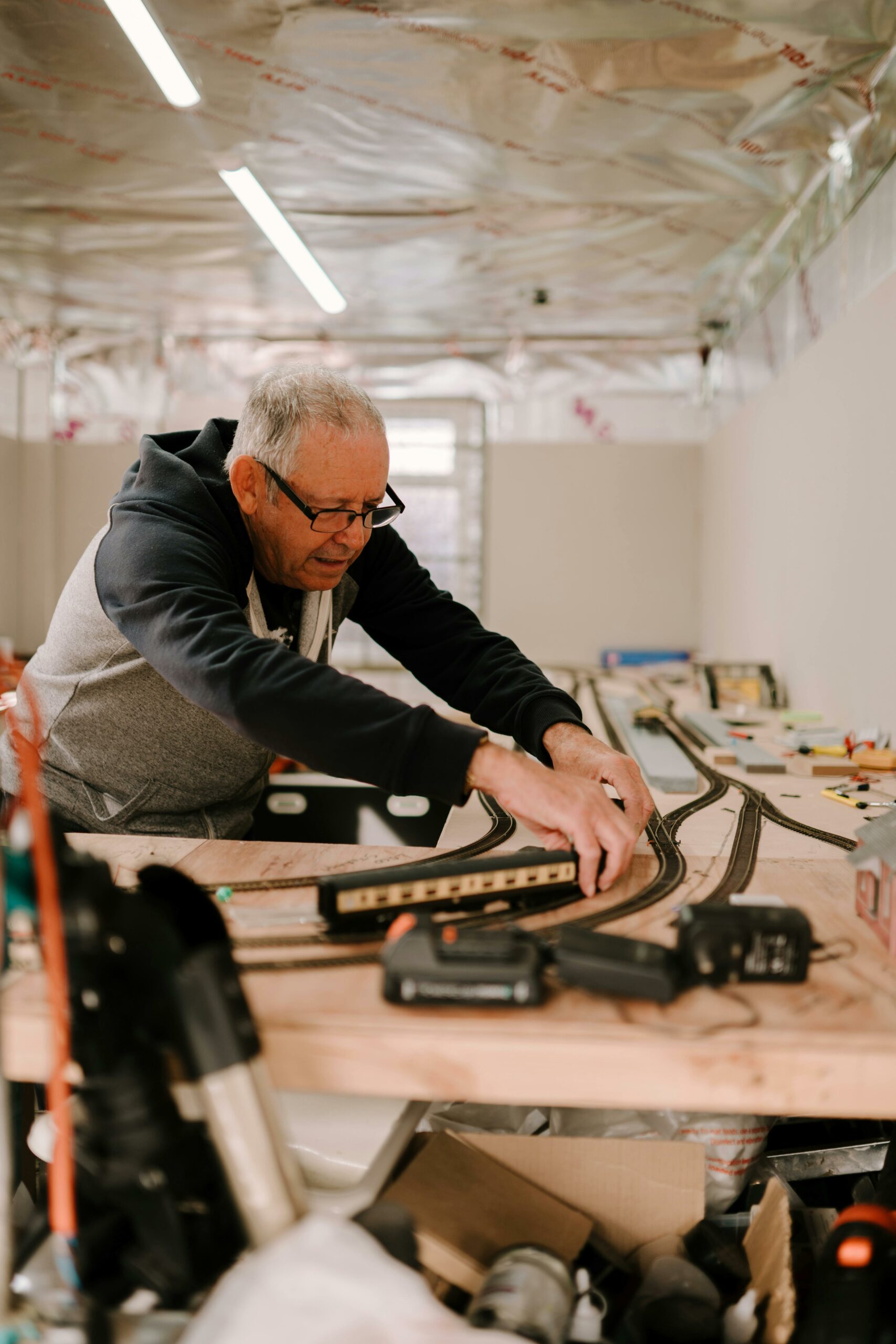DIY Project Documentation: Keeping Track of Progress and Learnings

Embarking on a do-it-yourself (DIY) project can be an exciting and rewarding endeavor, whether you’re building furniture, crafting decorations, or working on home improvements. However, one aspect that is often overlooked but crucial for success is project documentation. Keeping track of your progress, learnings, and challenges throughout the project can help you stay organized, troubleshoot issues, and improve your skills. In this article, we’ll delve into the importance of documenting DIY projects and offer tips for effective project tracking, utilizing tools from Wood.Tools4 and Garden.Tools4.
Importance of DIY Project Documentation
Documenting your DIY projects serves several key purposes:
- Progress Tracking: Documenting each step allows you to track your progress and stay on schedule. You can easily identify tasks completed, pending, or requiring adjustments.
- Troubleshooting and Reflection: When encountering challenges or errors, detailed documentation helps you troubleshoot issues and learn from mistakes. Reflecting on your process enables continuous improvement.
- Resource Management: Keeping track of materials, tools used, and costs incurred helps you manage resources efficiently and budget effectively for future projects.
- Sharing and Replicating: Detailed documentation makes it easier to share your project with others, whether for inspiration or guidance. It also enables you to replicate successful projects in the future.
Tips for Effective Project Tracking
- Create a Project Journal or Notebook
Start by dedicating a journal or notebook specifically for your DIY projects. Include the following information:
- Project Name and Description
- Materials and Tools Used (sourced from Wood.Tools4 and Garden.Tools4)
- Project Timeline and Milestones
- Sketches, Designs, and Plans
- Progress Updates and Learnings
- Challenges Encountered and Solutions Implemented
- Final Outcome and Reflections

- Take Photos and Videos
Visual documentation is invaluable. Capture photos and videos throughout each stage of your project. Include close-up shots of joints, details, and techniques used. Use a smartphone or digital camera with good resolution for clear images.
- Label and Organize Materials
Keep track of all materials used in your project. Label containers, bags, or shelves with the name of the material and quantity. This not only helps with organization but also makes it easier to replenish supplies if needed.
- Use Project Management Apps or Software
Utilize project management apps or software to create task lists, set deadlines, and track progress digitally. Tools like Trello, Asana, or Microsoft Project offer features for collaborative planning and documentation.
- Document Measurements and Dimensions
Accurate measurements are crucial in DIY projects. Document dimensions, angles, and cutting instructions in your journal. Use a measuring tape, square, and level for precision.
- Record Costs and Expenses
Keep a record of all expenses related to your project, including materials, tools, and any hired services. This information helps you budget for future projects and assess the overall cost-effectiveness.
- Document Safety Precautions
Safety should always be a priority. Document safety precautions taken during the project, such as wearing protective gear, following tool instructions, and maintaining a clean workspace.
- Reflect and Evaluate
After completing the project, take time to reflect on your experience. Evaluate what went well, what could be improved, and lessons learned. Use this feedback to refine your skills and approach for future projects.
Documenting DIY projects is a valuable practice that enhances organization, troubleshooting, and learning. By following the tips outlined above and utilizing tools and materials from Wood.Tools4 and Garden.Tools4, you can effectively track your progress, capture key learnings, and create a valuable resource for future endeavors. Remember, thorough documentation not only benefits your own growth as a DIY enthusiast but also allows you to share your knowledge and inspire others in the DIY community.
Comments
Add comment